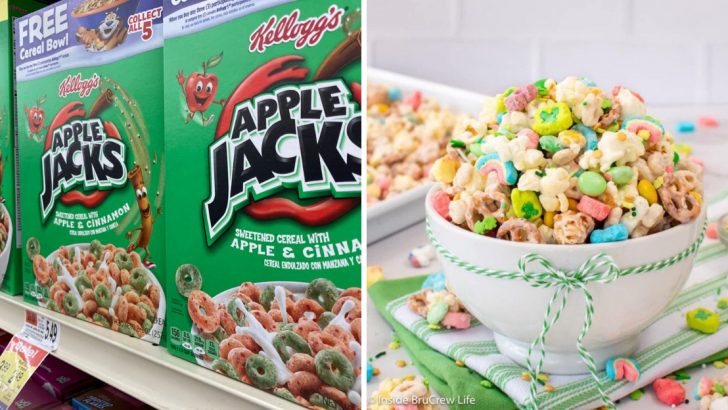Many breakfast cereals we’ve enjoyed for years contain ingredients now banned in some countries.
Food safety agencies worldwide have identified artificial dyes, preservatives, and excessive vitamin fortification as potentially harmful, especially for children.
Despite these concerns, many American cereal brands continue using these controversial ingredients while reformulating for international markets.
1. Froot Loops’ Rainbow Of Risk

Those vibrant, colorful loops aren’t just sugar-coated fun. Kellogg’s Froot Loops contains artificial dyes including Red 40, Yellow 6, and Blue 1 that researchers have linked to hyperactivity in children.
The cereal also contains BHT, a preservative banned in parts of Europe and Japan. Many parents don’t realize these bright colors come with potential behavioral side effects.
2. Lucky Charms’ Not-So-Magical Additives
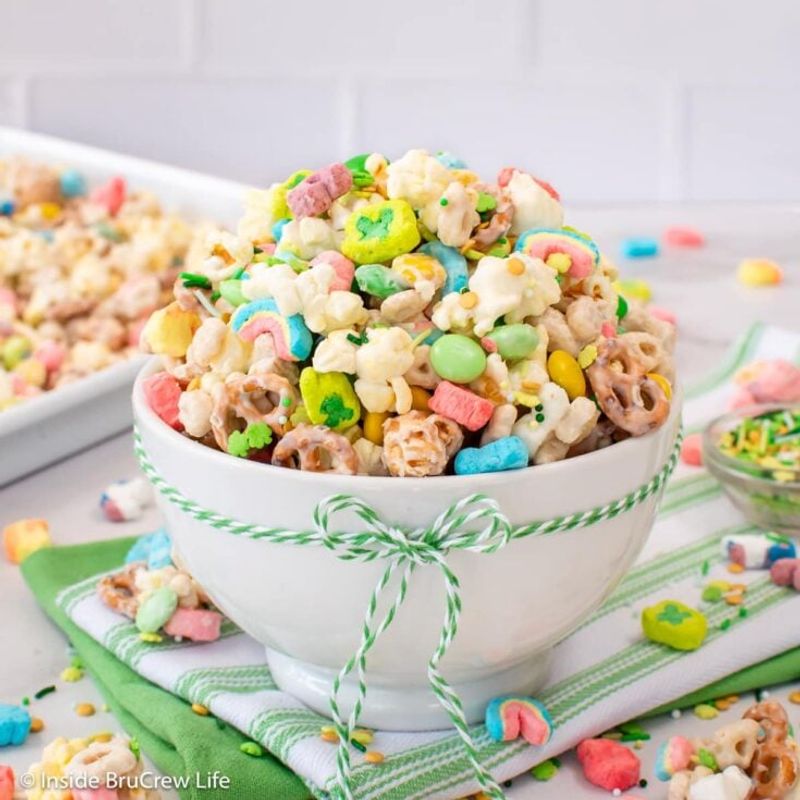
The marshmallow bits that make Lucky Charms magical actually contain Yellow 5, Yellow 6, and Red 40. These synthetic dyes have been associated with behavioral issues in sensitive children.
Countries like Norway and Austria have already restricted these colorants. General Mills maintains these ingredients are safe, but European versions of the cereal use natural alternatives instead of these controversial dyes.
3. Apple Jacks’ Chemical Cocktail
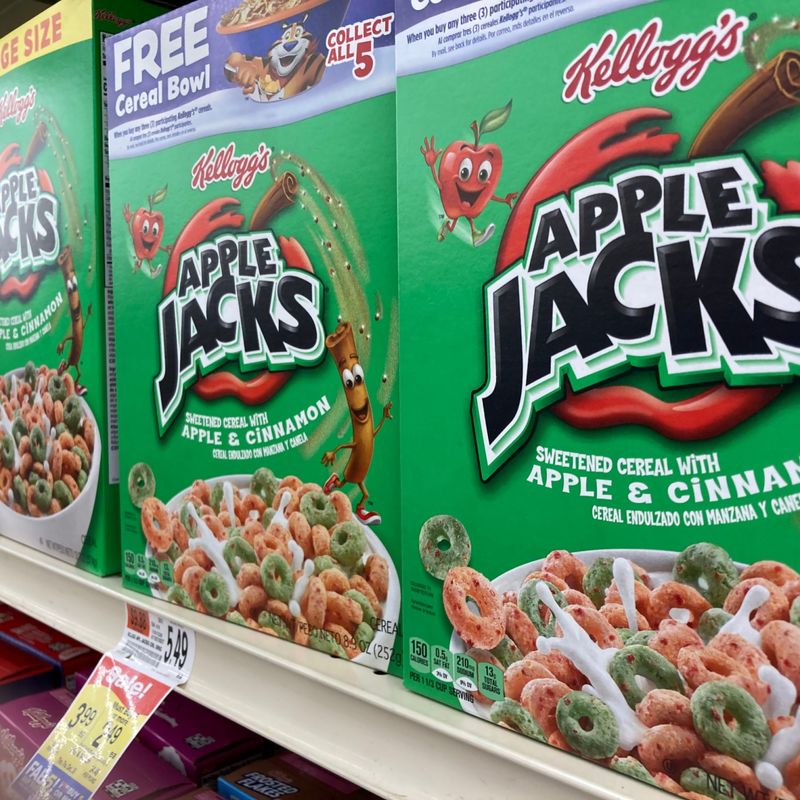
Despite its apple-cinnamon appeal, Apple Jacks harbors a concerning mix of additives. The cereal contains Yellow 6, Blue 1, Red 40, and the preservative BHT.
Studies suggest these synthetic colors may trigger allergic reactions and hyperactivity. While Kellogg’s defends these ingredients as FDA-approved, many European countries have banned them, forcing the company to create cleaner formulations for those markets.
4. Frosted Flakes’ Preservation Problems

Tony the Tiger might call them “Gr-r-reat!” but Frosted Flakes contains BHT, a controversial preservative. This chemical helps maintain freshness but has raised red flags among researchers.
BHT is suspected to be a potential carcinogen and endocrine disruptor. The European Union heavily restricts its use in foods, yet it remains common in American cereals despite mounting evidence of possible health risks.
5. Honey Bunches of Oats’ Hidden Hazard
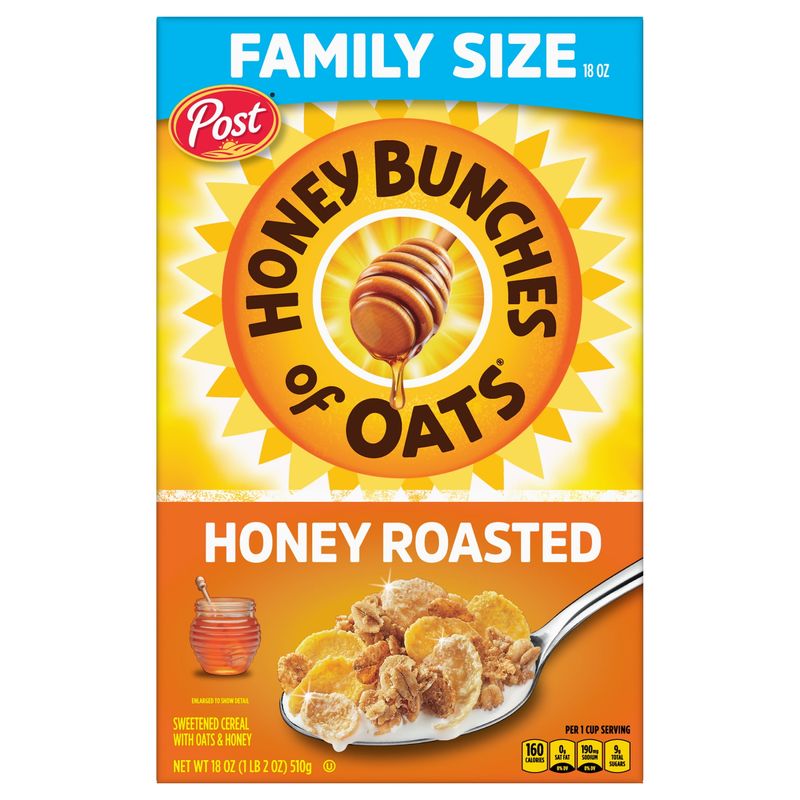
This seemingly wholesome breakfast option has a secret – BHT lurks in its ingredient list. Animal studies have linked this preservative to liver and kidney concerns.
While Post continues using BHT in American markets, they’ve reformulated for countries with stricter regulations. The contrast highlights how ingredient standards vary globally, with American consumers often receiving products with more controversial additives.
6. Rice Krispies’ Snap, Crackle, and Preservatives
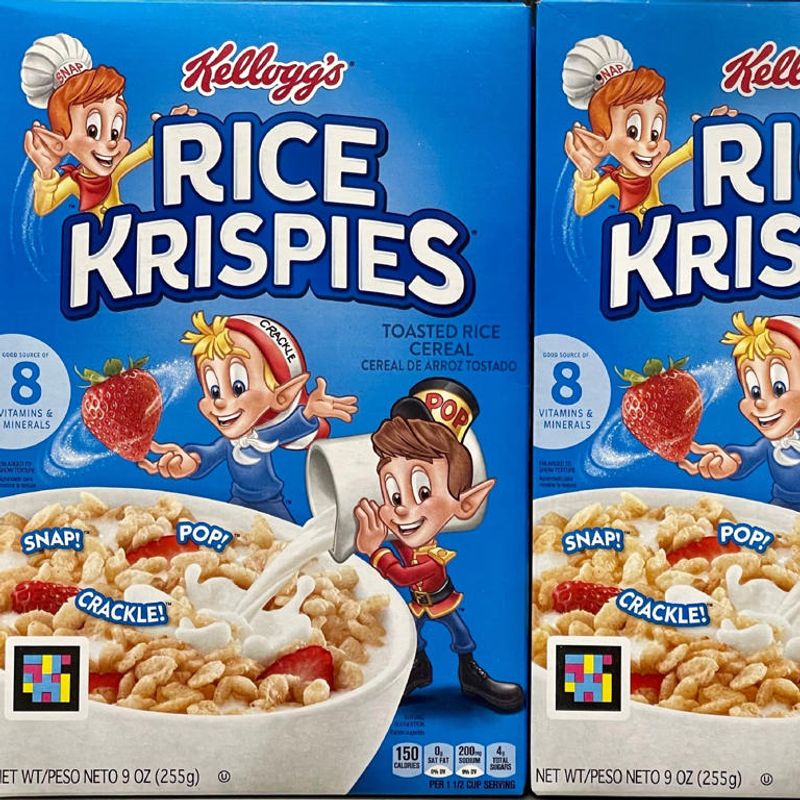
The iconic sound isn’t the only thing this cereal is known for anymore. Rice Krispies contains BHT, a preservative banned in Japan and parts of the European Union due to carcinogenic potential.
Kellogg’s defends its use for freshness, but has created BHT-free versions for markets with stricter regulations. This preservative remains under scrutiny by health researchers worldwide for possible long-term effects.
7. Corn Flakes’ Vitamin Overload
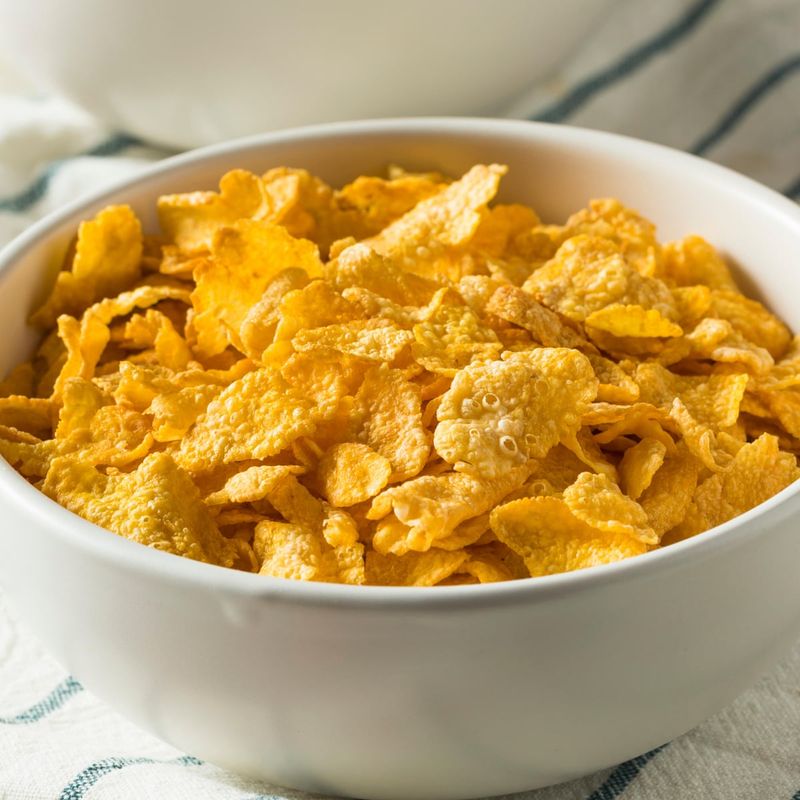
America’s breakfast staple hides a surprising risk – excessive vitamin fortification. Corn Flakes contain high levels of vitamins B6, calcium, folic acid, and iron that can accumulate to harmful levels in children.
Several countries restrict these fortification levels. Regular consumption combined with multivitamins or other fortified foods can potentially lead to vitamin toxicity, particularly concerning developing bodies and organs.
8. Cookie Crisp’s Controversial Vitamin C

Behind the fun cookie-shaped pieces lies a concerning ingredient. Cookie Crisp contains vitamin C fortification using compounds not permitted in several European countries.
The synthetic vitamin additives differ from natural sources found in fruits. While General Mills markets this as nutritional enhancement, health advocates question whether processed cereals should be vehicles for synthetic vitamins when natural alternatives exist.
9. Special K’s Fortification Fiasco
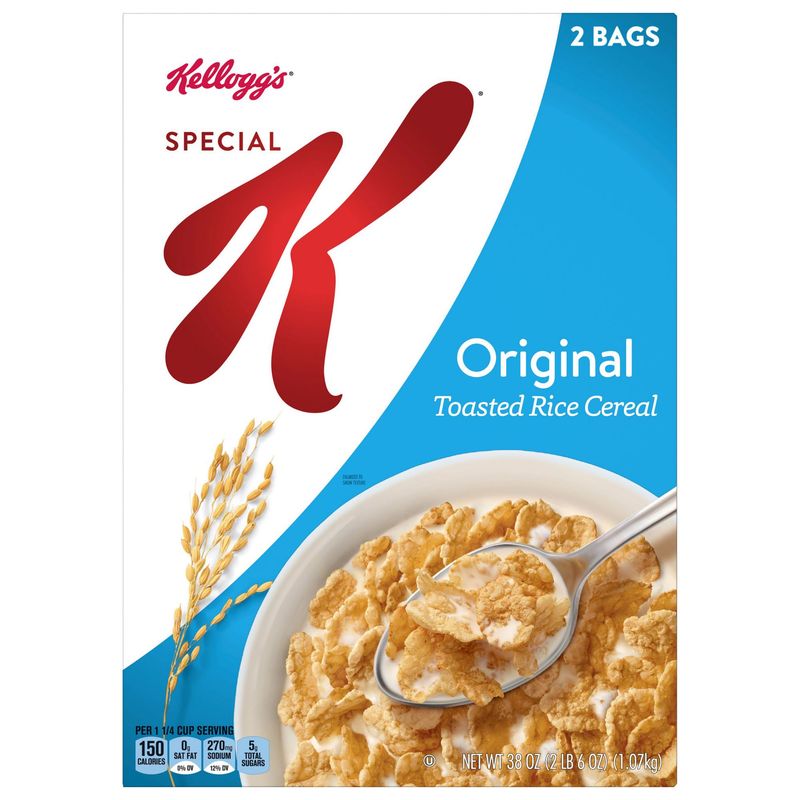
Marketing itself as a health-conscious choice doesn’t make Special K immune to scrutiny. Like Corn Flakes, it contains vitamin fortification levels that exceed recommendations in some countries.
These high concentrations can potentially cause toxicity when consumed regularly. The cereal’s popularity as a diet food means many consumers eat it daily, increasing potential risks from accumulated synthetic vitamins that some regulatory bodies consider excessive.
10. Trix’s Troubling Dye Situation
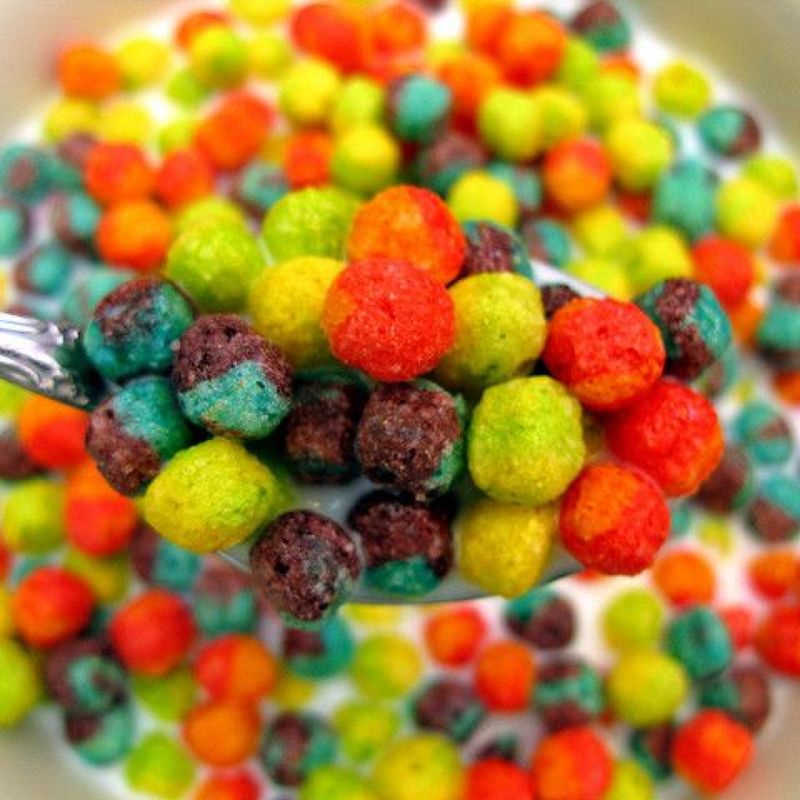
The rabbit isn’t the only thing to be wary of – Trix contains Red 40, Yellow 5, and Yellow 6. These petroleum-derived colorants have been linked to hyperactivity and allergic reactions in sensitive children.
Several European countries have banned these dyes. General Mills now offers naturally colored versions in some markets, using fruit and vegetable extracts instead, while continuing to use artificial dyes in the United States.

